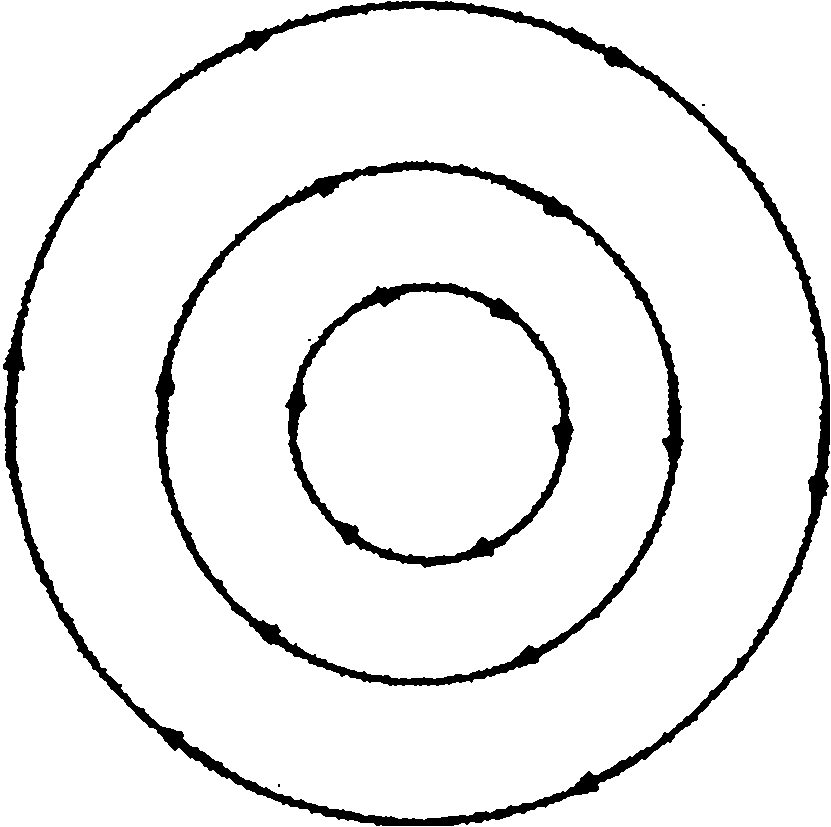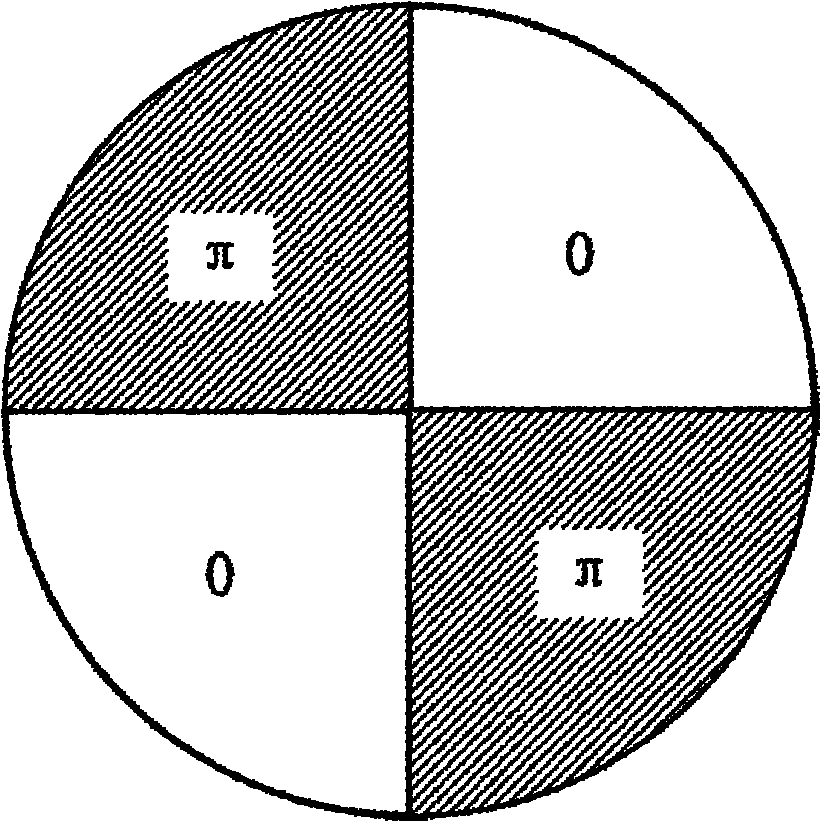Method and device for generating restriction facula in STED (Stimulated Emission Depletion) microscopy
A technology of stimulated emission loss and microscope, applied in microscopes, optics, optical components, etc., can solve the problems of difficulty in preparing circular vortex phase plates, and achieve the effects of simple structure, simple manufacturing process and cost reduction.
- Summary
- Abstract
- Description
- Claims
- Application Information
AI Technical Summary
Problems solved by technology
Method used
Image
Examples
Embodiment Construction
[0037] The present invention will be described in detail below in conjunction with the accompanying drawings and embodiments, but the present invention is not limited thereto.
[0038] Such as figure 1 The setup for suppressing the spot in a STED microscope is shown, consisting of:
[0039] Laser 1, tangential polarization converter 2, 0 / π four-quadrant phase plate 3, high numerical aperture apochromatic lens 4, fluorescent sample 5.
[0040] The incident light emitted by the laser 1 is converted into tangentially polarized light by a tangential polarization converter 2 . The wavelength of the incident light is determined by the fluorescence absorption and emission spectra of the sample observed by the STED microscope. The characteristics of tangentially polarized light are as figure 2 As shown, the polarization direction of each point is along the tangent direction, and the polarization directions of all points form a vortex. The light polarization direction of each poin...
PUM
 Login to View More
Login to View More Abstract
Description
Claims
Application Information
 Login to View More
Login to View More - R&D
- Intellectual Property
- Life Sciences
- Materials
- Tech Scout
- Unparalleled Data Quality
- Higher Quality Content
- 60% Fewer Hallucinations
Browse by: Latest US Patents, China's latest patents, Technical Efficacy Thesaurus, Application Domain, Technology Topic, Popular Technical Reports.
© 2025 PatSnap. All rights reserved.Legal|Privacy policy|Modern Slavery Act Transparency Statement|Sitemap|About US| Contact US: help@patsnap.com



